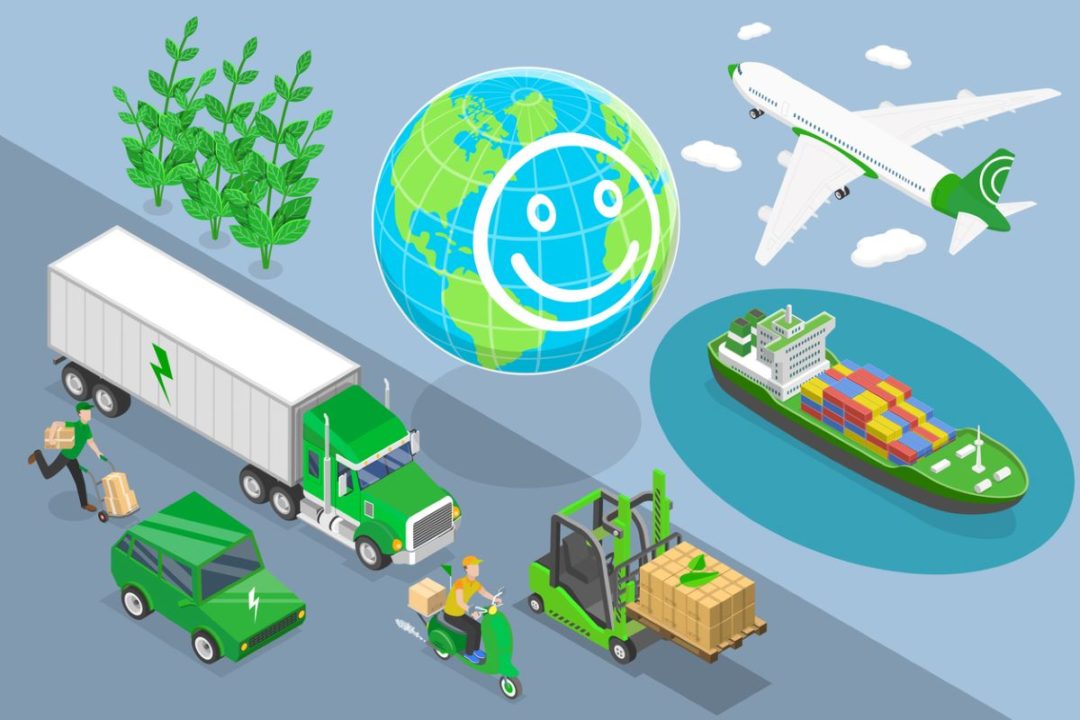
Lately, the apparel industry is paying a lot of attention to its labels and product claims. Consumers and even entire countries are calling on brands to label clothes according to their environmental and social impact, much in the same way that the food industry labels calories and carbs. It’s a worthwhile goal, to be sure, but one that’s currently hard to achieve because of the difficulty of tracking high-quality supply chain data through the entire life of a clothing product.
In the meantime, as environmental groups argue that brands aren’t doing enough, and brands argue that they’re not able to take credit for the good they’re doing, the real opportunity — creating sustainable supply chains — often gets lost in the shuffle. And it’s not just in the apparel sector. This same scrutiny is coming to almost all other industries as ESG requirements are becoming a requirement for doing business throughout the world.
This begs the question, what can businesses do to improve their supply chains? It’s simple — use lifecycle assessment (LCA) models to pinpoint the nodes in their supply chain where improvements could make a significant impact. LCAs are extremely valuable measurement tools for optimizing supply chains. Although LCAs are commonly used to make material or product comparisons, product data can be hard to track across the entire supply chain. Most companies don’t have deep awareness of their entire supply chains, particularly among Tier 3 and Tier 4 suppliers, and data on carbon emissions, wastewater, chemicals and other metrics can be sparse from suppliers.
When it comes to brands with several hundred stock keeping units (SKUs), creating an LCA for each product would be a massive investment of time and money, particularly if their products use a wide range of materials. As the goal of sustainability is to achieve positive environmental and social impact, it is imperative that brands focus on the products that have the greatest impact. The 90% of SKUs that generate a mere 5% of a brand’s revenue can wait for another day.
Put Your Energy Where it Matters Most
While not all solutions work for all facilities, using LCA models with data from industry averages reveals where the hotspots — those areas where the impact on sustainability is likely to be greatest — are located in the supply chain. Once you know where to look, the next step is to get emissions data from those facilities in your hotspots to identify specific opportunities for reducing your Scope 3 impact.
So where should you invest your resources when analyzing your supply chain? After you’ve identified the highest impact materials and facilities, start by measuring energy consumption at those facilities. Manufacturing facilities and suppliers use a variety of different energy sources, some of which can have a massive impact on sustainability. This is where facility collaboration becomes key — by working with those high-impact facilities, you can identify opportunities for improvement by analyzing options for moving to lower carbon or renewable energy. A simple scenario and cost analysis focused on the particular situation at each facility enables you to create a manageable and achievable impact reduction plan.
If You Wait to Solve all Problems at Once, Nothing Will Get Solved
There are many examples of product-to–product comparison programs that are LCA-based, and in order to make those comparisons accurate, a tremendous amount of data and methodology must be developed and agreed upon by a wide range of stakeholders, from brands to governments to NGOs to consumer groups.
LCA data is also widely used today to identify the kind of improvements you should be making in your supply chain, and where you should be making them. Because this approach uses LCA to identify high impact nodes relative to the rest of the supply chain, the data requirements are not as stringent as the requirements for product-to-product comparison schemes. Brands have access to the technology and the data needed to start addressing the most environmentally impactful areas in their supply chain right now.
Counter Resistance With Assistance
Having said that, not every supplier will welcome change with open arms. Just because an industry average LCA model suggests that one process is more efficient than another, facilities may already be operating more efficiently than average or have invested a lot of money and experience in a particular process.
Optimizing supply chain processes should be a partnership between brands and suppliers, not a top-down mandate. Work with your supply chain partners to find the least disruptive path to environmental and social improvements. Also, recognize that a supply chain that isn’t profitable won’t be sustainable for long.
Brands can play a positive role in the lives of supply chain partners by helping them secure low-interest loans and making multi-year commitments to help fund the transition to renewable energy, improved wastewater treatment, or other initiatives.
LCAs are the best method we have for finding and shoring up the weakest links in our supply chain. LCAs provide the best data today to address environmental impact at scale. Climate change is global, and we need to implement solutions that fit a challenge of this magnitude.
Cashion East is director of analytics at Higg.







